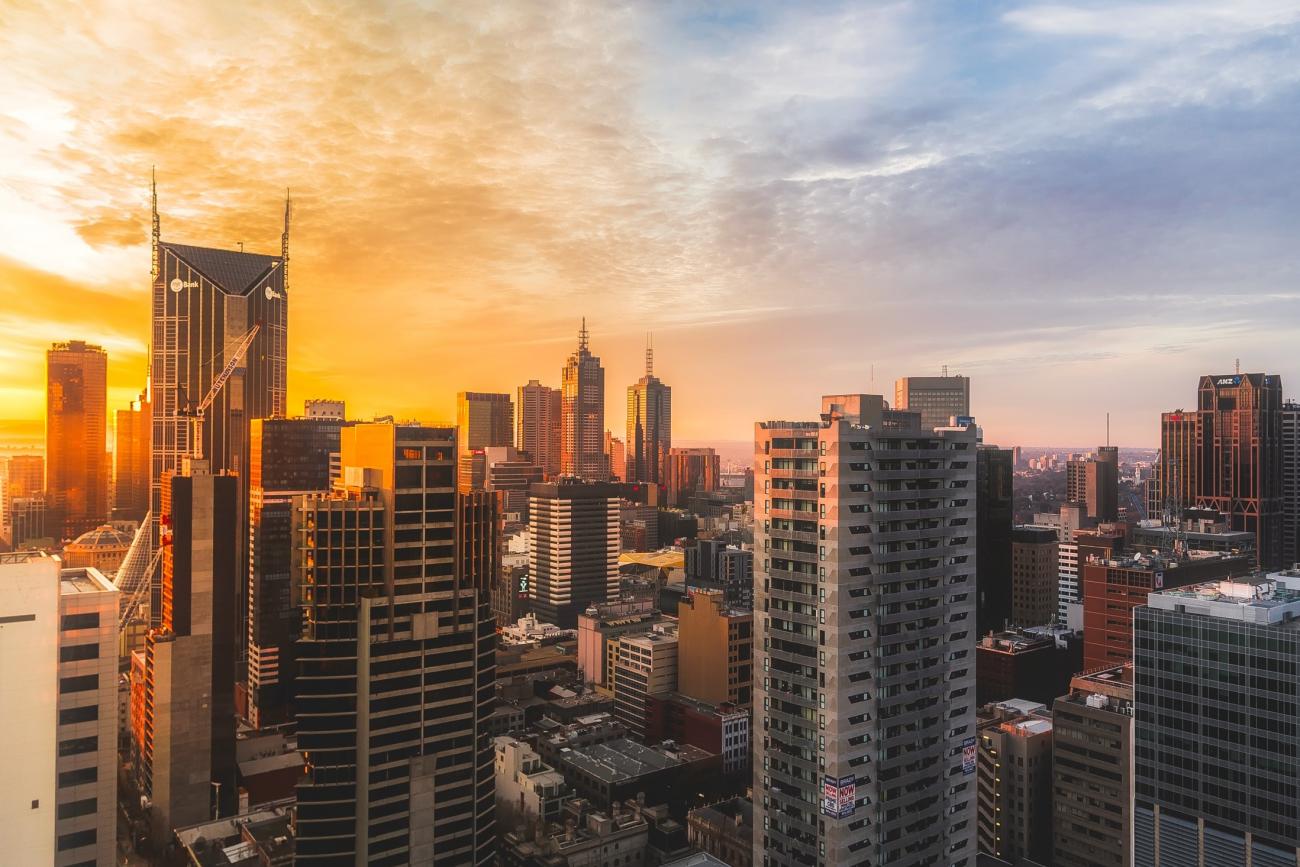This week Biden’s $1 trillion infrastructure bill was passed to deal with the country’s crumbling infrastructure. The US is not alone in looking to build its way out of the economic chaos created by the pandemic. Just like the 108 suitors vying for Penelope’s hand in marriage in the classical Greek poems of the Odyssey, China’s belt and road initiative are being courted by hundreds of hopeful countries looking for new Chinese sponsored infrastructure projects. The spirit of Roosevelt is being conjured up in America’s infrastructure overhaul, Boris Johnson poses as the modern-day Appius Claudius Caecus and the EU is muscling in with its international infrastructure program. This is not only to alleviate the miles long strawberry lace that is congested roads, such as the infamous M6 but to unlock the productive capacity of the world economy. In fact, the only thing politicians enjoy more than holidaying abroad in a crisis or kissing babies on a campaign trail is the unveiling of an infrastructure project. However, for all the promises of economic growth and its positive response from the electorate, ambitious infrastructure projects have a history of failing to realise these gains.
An essential part of a prosperous economy is a highly developed national infrastructure able to ease the flow of goods, boost mobility and facilitate the inward flows of investment. In addition, the construction of infrastructure has a strong multiplier effect on the macro-economy and encourages confidence in the economy. For instance, the ground munching boring machines that have created the Elizabeth line under London will help sustain the city’s competitiveness, population growth and is estimated to boost the UK economy by at least £42 billion. Similarly, these productivity gains can be seen with the Hong Kong- Zhuhai -Macau bridge, the Mombasa-Nairobi railway line and Sydney’s new automated metro system. Additionally, infrastructure goes far beyond just economic gains, it produces socially desirable connectivity, boosts people’s quality of life, can reduce negative environmental externalities and can secure a nation’s security (renewable energy helps diversify the UK’s energy mix). As well as this, innovations like Virgins hyper-loop, automated cars and the development of electric urban aircraft by Airbus and Lilium are seeking to disrupt traditional sources of transportation. We are witnessing a shift in thinking and a rejection of the monetarist under appreciation of infrastructure in national industrial policy. It would be wise to remember that railways and shipping have been the vanguard of capitalism for centuries, opening markets and ensuring economic competitiveness. However, for economies to remain competitive, they will need to build a digital infrastructure to rival that of the railway construction of the 19th century or the road building of the Roman Empire. In addition, as the world economy transitions to a green future, ridding itself of the dirty practices of the past, countries will have to overhaul their energy system, transportation and industrial policy. However, for all the benefits that infrastructure can stimulate, they can also transmute into cash hungry, overbearing white elephants bent on humiliation and extortion.
Infrastructure programs suffer in part because of the stated benefits of such investments. They are attractive to the electorate so governments are reluctant to admit when a project has veered off course and there is a tendency to overstate the economic benefits it may bring. In addition, much of the cost analysis is based on a timeframe of the project being built but if construction takes longer (which it often does) then costs can quickly spiral. Projects like HS2, which is extremely over budget, progressing slowly and will likely fail to produce the economic gains imagined to warrant the £107 bn in spending. Additionally, proposals like the new canal in Istanbul suffer from the blurring of political rhetoric and economic reality. Therefore, infrastructure projects can suffer from political meddling and also can easily see their costs spiral. Despite all this, infrastructure projects are a catalyst for beneficial socio-economic outcomes and can trigger an economic multiplier effect to echo across an economy.
Ultimately, world governments are splashing the cash on infrastructure faster than cement can settle. The US has an infrastructure budget of national renewal, China is creating a web of international projects through the belt and road initiative and across much of the rest of the world governments are opening their doors to foreign investment. The covid economic recovery will be delivered from the rotation of wind turbines, the laying of fibre-optic cables, the erection of 5G cell towers and the modernisation of transportation. The 1920s great depression ushered in the new deals in America, the post-war world saw whole nations rebuilt from the rubble and in China, the high levels of growth for the past two decades is founded on the back of its construction boom. Will the post Covid recovery be led by a new era of infrastructure investment?
By Henri Willmott

